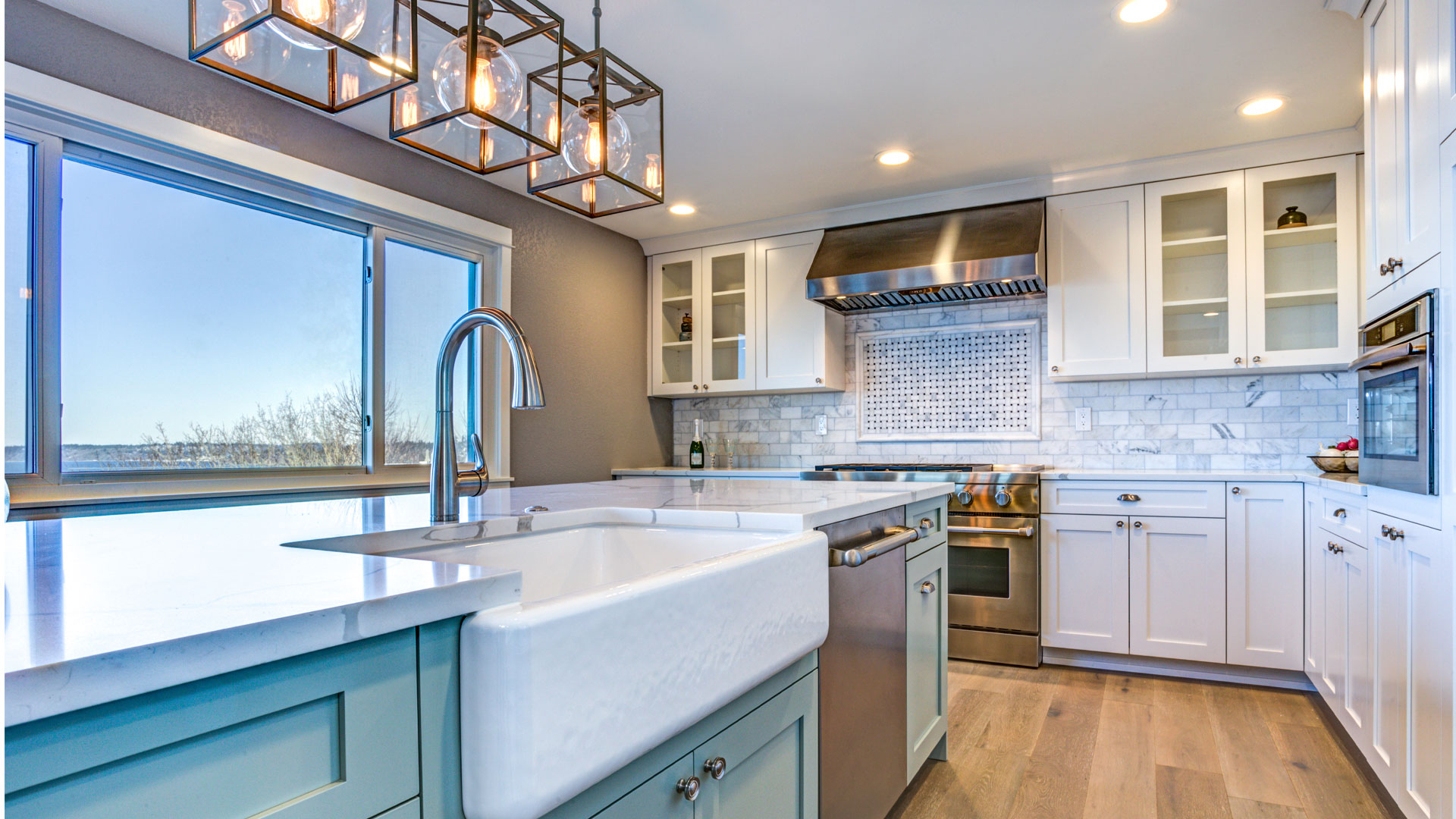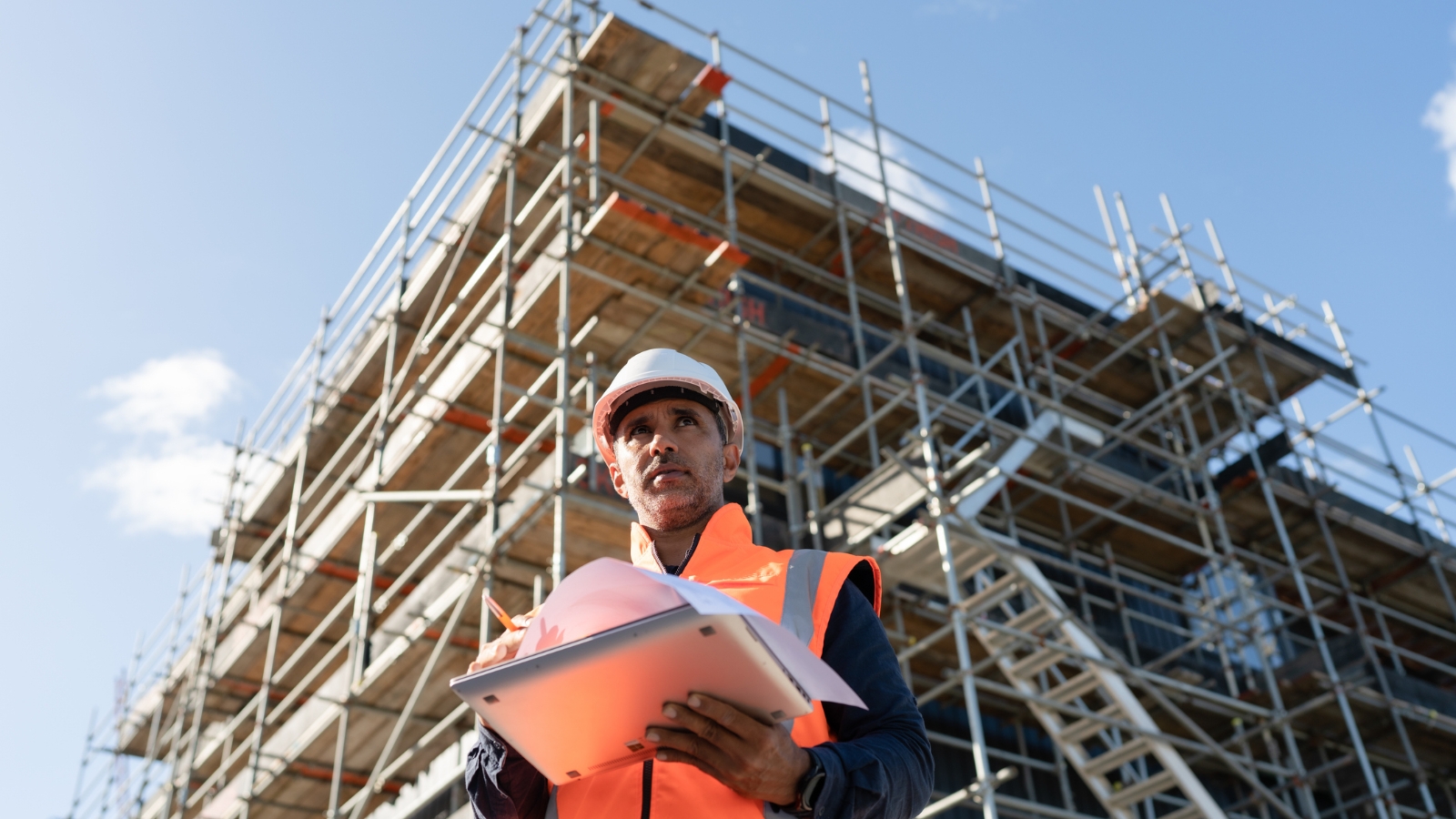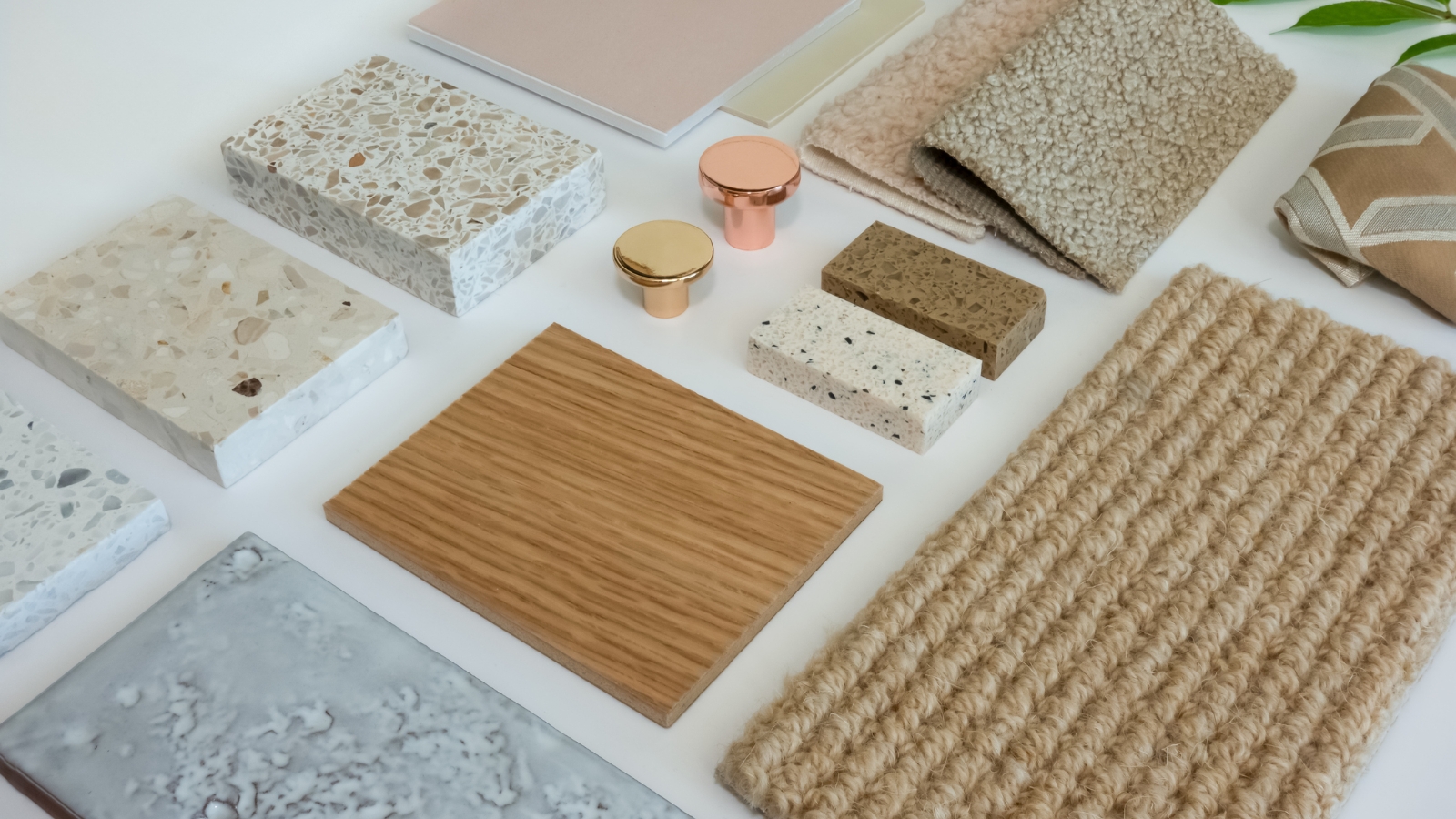Selling guide
5 predicted NZ kitchen trends for 2025
What will Kiwi kitchens look like in 2025?
.png)
Whether you’re looking to make permanent renovations to your property before selling, or simply interested in how to stage it for an open home, you need to be thinking about your kitchen.
Kitchens are among the rooms with the most potential to add value to a property. Why? Because buyers care about these spaces.
Think about everything that currently happens in your family kitchen. Sure, there’s the obvious stuff – cooking, eating, laundry etc., but they’re also important hubs both for the family, and often for when you’re entertaining guests too.
So, when you’re getting ready to sell a home in NZ, you want prospective buyers to see themselves enjoying this kitchen, because, chances are, they’ll end up spending a lot of time there. If you aren’t sure where to start in styling your kitchen to give it the broadest appeal, one of the best approaches is to explore current and future trends in kitchen design and aesthetics. Here, we’ll be doing a bit of crystal ball gazing to predict what some of the most popular kiwi kitchen design trends will be for 2025.
1. Eco-friendliness
We predict that this will be a continued trend throughout NZ homes in 2025, but it has particular significance for the kitchen due to the high number of energy intensive tasks that happen here.
In particular, a few things you could think about upgrading in your kitchen for 2025 include:
- Water efficient appliances: think dishwashers, washing machines or just your taps. Opting for models that have high water efficiency ratings will not only mean you tick boxes for eco-conscious buyers, but it will also help them reduce their water bills (another real plus in today’s expensive world). To do this, check out the Water Efficiency Labelling Scheme (WELS) of units before you purchase them.
- Consider induction cooktops: induction cooktops are sleek, easy-to-use and safer than gas hobs (no open flames). Plus, they’re really efficient at transferring heat to pans, meaning less energy wastage. Again, good for you, good for the environment!
- Find the right fridge: your fridge will almost certainly be among the most energy greedy appliances in your home. So, not only does a shiny new fridge help your kitchen look new and well looked-after, opting for a model with an Energy Star-label will help you improve the eco-credentials of this important room.
Induction cook tops have strong eco credentials.
2. Nature-inspired palettes
The eco factor isn’t just practical however. And we reckon that sustainable design is going to continue to bleed into the colour choices that Kiwi prefer in their kitchens in 2025. And you’d be surprised at how much versatility this gives you. For example you could choose to:
- Reflect nature with muted greens, hazy blues and earthy browns, which can easily be paired with natural countertops or cabinets made of wood or stone.
- If you’re hoping to incorporate nature into a stylish, contemporary kitchen aesthetic, then charcoal tones and matte black cabinetry adds an air of modern sophistication.
- Wedded to the idea of a white or grey timeless kiwi kitchen? We don’t blame you. But try pairing these colours with warmer neutral colours like clay or terracotta.
- Keen to inject some character? In 2025, there’s no need to be afraid of some more adventurous colour pops, if you think your kitchen suits them. Emeralds, corals or mustard yellow can be a great way to accentuate your kitchen and bring this space to life.
3. The return of traditional country kitchens
Taking a step back and thinking about the spatial design of your kitchen as a whole, 2025 is taking a turn towards the country. This means a general step away from the futuristic minimalism that has dominated in recent times, and an embrace of traditional US or UK style country or farmhouse kitchens. So, how can you achieve this aesthetic?
- Think sinks: the sink is a centrepiece of a conventional farmhouse kitchen, and should be up there with your top priorities if you’re chasing this aesthetic. Farmhouse sinks tend to be large (essentially a double sink), rectangular, and have an exposed front-facing side. You should look to pair this with a more traditional looking tap – gooseneck models being a classic choice.
- Declutter: country kitchens emphasise space and practicality. So, don’t overfill the space with excess cabinets, and make it easy to get around, with wide walkways between furniture.
- Emphasise natural light: consider where the light enters your kitchen, and try to make these the focal points for where regular activities take place. An obvious choice here is the sink, but this could also include food preparation areas and the cooktop itself.
Kitchen islands are on the grow!
4. The irrepressible island
While kitchen islands are nothing new, they’re going to take on even greater importance in kitchen design in 2025. Throughout properties in NZ, we’re seeing a continued emphasis on open-plan living, and kitchen islands play an important role in maintaining this aesthetic, while keeping things functional.
In 2025, a notable trend for kitchen islands is increasing size, because we’re expecting our kitchen islands to fulfil more and more purposes. Gone are the days in which islands were solely the site of food prep. They’re now places where we eat, socialise and even work. So, consider building out your kitchen island, and potentially even incorporating dedicated zones for different activities.
5. Flooring: function meets style
Your kitchen floor has to cope with a lot of footfall, but also has a massive impact on the overall aesthetic of the space. So, finding the balance between durability, comfort and style is important.
In 2025, we think that Kiwi homeowners will take advantage of materials like luxury vinyl plank (LVP) for their kitchen floors. LVP has the aesthetic appeal of stone or hardwood (and so works great with the trends towards farmhouse kitchens and earthy tones) but is super durable and water resistant.
Of course, you could also go the whole hog and go for engineered hardwood. This offers a real warmth and beauty, and is also long-lasting and water resistant. But, of course, comes with a higher price tag.
Author
Other articles you might like








